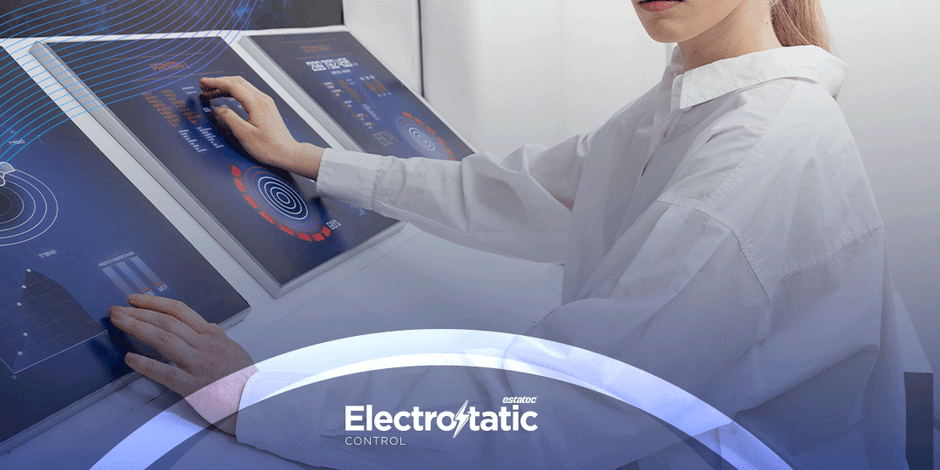The realm of Electrostatic Discharge (ESD) technology is undergoing a dynamic evolution, marked by groundbreaking innovations across various domains. Let us explore some of the remarkable advancements that are reshaping the ESD industry landscape.
Cleanroom Advancements:
Volumetric ESD Management. Unlike conventional surface-based protection methods, this approach encompasses specially designed furniture, chairs, and walls that actively dissipate static throughout their volume. This comprehensive solution ensures long-lasting ESD control and minimizes the risk of static-related damage.
Flooring Innovations:
The integration of Internet of Things (IoT) technology has ushered in the era of Smart ESD Flooring. These advanced floors feature real-time monitoring capabilities for parameters such as temperature, humidity, and static charge levels. By enabling proactive management, Smart ESD Flooring ensures optimal ESD control and enhances operational efficiency.
Additionally, researchers are exploring the potential of Self-Healing Materials for ESD flooring, envisioning floors that can autonomously repair minor scratches and abrasions to maintain consistent performance over time. Furthermore, the application of Nanotechnology Coatings on ESD floors offers enhanced protection against static build-up, further reducing ESD risks and enhancing safety.
Ventilation on the Rise:
As for ventilation systems, the integration of machine learning algorithms into ionizers represents a significant advancement. Next-generation ionizers equipped with machine learning capabilities can adapt to changing environmental conditions and optimize ion output for superior static neutralization. Additionally, Directed Ion Flow Systems are emerging as a more efficient alternative to traditional ionizers, delivering targeted static neutralization precisely where it is needed, thereby maximizing effectiveness.
Innovations in ESD technology extend beyond fixed elements to include packaging materials and garments. Continuous improvements in ESD-protective packaging materials and garments ensure better static control while prioritizing worker comfort and safety.
Moreover, the integration of Wireless Monitoring Systems streamlines ESD compliance by enabling remote tracking of critical parameters such as grounding integrity and humidity levels. This simplifies data collection and analysis, enhancing overall operational efficiency.
As technology continues to progress, the ESD industry can anticipate even more groundbreaking solutions to emerge, driving advancements in safety, efficiency, and performance across various sectors. With a relentless focus on innovation, the future of ESD technology promises to be both exciting and transformative.









